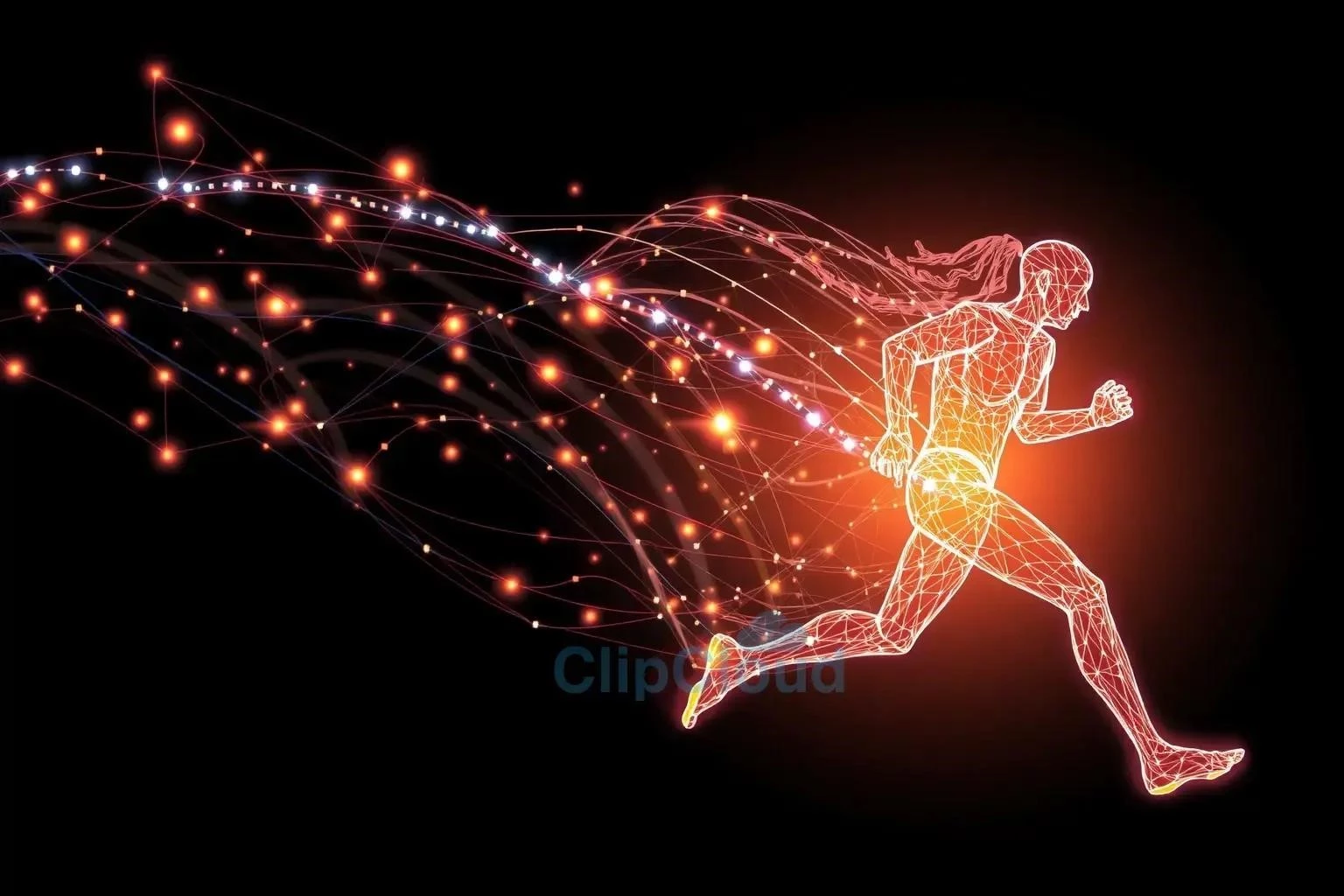Precision Movement for Enhanced Athleticism
Unlocking peak performance through precise, controlled movements. Honing biomechanical efficiency maximizes power output and minimizes energy expenditure for superior athleticism.
Biomechanics for Athletes
Understanding the mechanics of human movement is crucial for athletes seeking to optimize performance and minimize injury risk. Biomechanics for athletes involves analyzing the forces acting on the body during various activities, such as running, jumping, and throwing. By studying these forces, we can identify areas for improvement and develop training programs that enhance efficiency and power.
One key aspect of biomechanics is analyzing joint angles and range of motion. Optimal joint angles during movement contribute to efficient force transfer and reduce stress on ligaments and tendons. Through biomechanical analysis, athletes can identify limitations in their range of motion and implement exercises to improve flexibility and mobility. This can lead to improved performance and a reduced risk of injuries.
Another important area of focus is muscle activation patterns. Biomechanics helps us understand which muscles are primarily responsible for generating force during specific movements. By identifying weaknesses or imbalances in muscle activation, athletes can target these areas with specific strength training exercises. This can result in increased power output and improved coordination, leading to enhanced athletic performance.
Furthermore, biomechanics plays a crucial role in equipment design and selection. Analyzing the interaction between the athlete and their equipment, such as shoes or rackets, allows for optimization of equipment characteristics to improve performance and reduce injury risk. For example, properly fitted running shoes can improve running efficiency and reduce stress on the joints, while a properly balanced tennis racket can enhance swing speed and control.
By applying the principles of biomechanics, athletes can gain a deeper understanding of their movement patterns, identify areas for improvement, and ultimately achieve their full athletic potential.
Movement Analysis
Movement analysis plays a crucial role in optimizing athletic performance and identifying potential injury risks. By meticulously examining an athlete’s movement patterns, we can gain valuable insights into their biomechanical efficiency, strengths, and weaknesses. This information can then be used to develop targeted training programs and injury prevention strategies.
Sophisticated technologies, such as motion capture systems and force platforms, provide detailed data on joint angles, velocities, and forces generated during movement. This data allows for a comprehensive understanding of how an athlete performs specific movements, highlighting areas where technique can be refined. For example, analyzing a runner’s gait can reveal inefficiencies that contribute to wasted energy or increase the risk of injury;
Visual observation and video analysis are also valuable tools in movement analysis. Trained professionals can identify subtle movement deviations that may not be apparent through data alone. By carefully observing an athlete’s posture, alignment, and coordination, they can pinpoint areas needing improvement. This qualitative assessment complements the quantitative data obtained from technology, providing a more holistic understanding of the athlete’s movement patterns.
The insights gained through movement analysis can be used to develop individualized training programs that address specific needs. Whether it’s improving running form, increasing jump height, or enhancing throwing power, targeted interventions can be implemented to optimize performance and minimize the risk of injury. By understanding how an athlete moves, we can unlock their full potential and help them achieve their athletic goals.
Injury Prevention and Smart Recovery
Minimizing downtime and maximizing performance through proactive injury prevention strategies and data-driven recovery techniques. Staying healthy is key to consistent athletic success.
Injury Prevention Data
Leveraging data is revolutionizing injury prevention in athletics. By collecting and analyzing various data points, we can identify risk factors and implement targeted interventions to keep athletes healthy and performing at their best. This data-driven approach allows for a more proactive and personalized approach to injury prevention.
Wearable sensors, such as GPS trackers and accelerometers, provide valuable information on training load, movement patterns, and biomechanical stress. This data can be used to monitor athletes’ workloads, identify potential overtraining patterns, and adjust training programs accordingly. By understanding the physiological demands placed on the body, we can optimize training intensity and duration to minimize the risk of overuse injuries.
Biometric data, such as heart rate variability and sleep patterns, can also provide insights into an athlete’s recovery status. Monitoring these metrics can help identify early warning signs of fatigue and potential injury risk. By incorporating rest and recovery strategies based on this data, we can help athletes avoid pushing themselves too hard and prevent injuries related to overtraining.
Furthermore, analyzing injury data across teams and populations can reveal trends and patterns that inform broader injury prevention strategies. By understanding the common causes of injuries in specific sports, we can develop targeted interventions and training programs to address these risks. This data-driven approach allows for a more proactive and effective approach to injury prevention, helping athletes stay healthy and achieve their full potential.
Smart Recovery Tech
Smart recovery technology is transforming the way athletes recover from training and competition, optimizing their ability to return to peak performance quickly and efficiently. These innovative tools provide data-driven insights and personalized recovery strategies, helping athletes minimize downtime and maximize their training potential.
Wearable devices, such as compression boots and cryotherapy units, offer targeted recovery solutions. Compression therapy helps improve blood flow and reduce muscle soreness, while cryotherapy reduces inflammation and promotes tissue repair. These technologies provide athletes with convenient and effective ways to accelerate recovery and minimize discomfort after intense training sessions.
Smart sleep trackers monitor sleep quality and provide personalized recommendations for improving sleep hygiene. Adequate sleep is crucial for muscle recovery and overall athletic performance. By tracking sleep patterns and providing insights into sleep duration and quality, these devices empower athletes to prioritize sleep and optimize their recovery process.
Furthermore, data analytics platforms integrate data from various sources, such as wearable sensors and biometric trackers, to provide a comprehensive overview of an athlete’s recovery status. This data-driven approach allows for personalized recovery plans based on individual needs and training demands. By leveraging smart recovery technology, athletes can optimize their recovery process and achieve peak performance levels.





